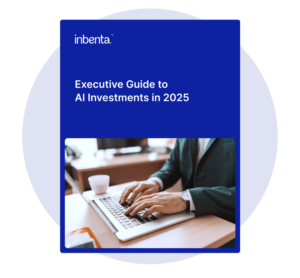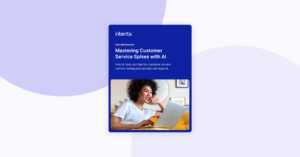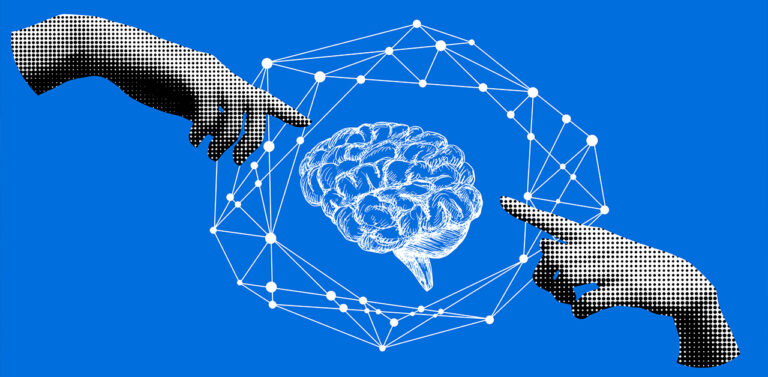As ChatGPT’s new feature allowing users to assign traits like “chatty” or “Gen Z” shows, there’s a growing demand for personalized, human-like AI interactions. Tailored language models are essential for capturing the unique linguistic needs of clients across various industries. Inbenta’s Lexicon technology uses a three-layer approach to provide context-aware AI understanding, enhancing the user experience and maintaining a consistent brand voice. This customization is crucial for delivering naturalistic and engaging AI-driven customer interactions.
ChatGPT’s latest feature, which allows users to assign traits like “chatty” or “Gen Z,” underscores a significant trend in AI: the increasing demand for personalized, human-like interactions.
It highlights the critical role of client-specific and industry-specific language in AI solutions, especially for businesses that want to offer naturalistic conversational experiences that resonate with their audience.
At the core of this concept is the understanding that language is not a monolith; it varies significantly across industries, companies, and even departments within organizations. A one-size-fits-all approach to AI communication often fails to capture the nuances and specifics of a particular business and its brand voice.
A one-size-fits-all approach to AI communication often fails to capture the nuances and specifics of a particular business and its brand voice.
The importance of tailored language models
Tailored language models, on the other hand, can adapt to each client’s unique linguistic needs.
Inbenta’s Lexicon technology, for instance, is structured into three distinct layers, each contributing to a more refined and context-aware AI understanding:
- Base Layer: This foundational layer is built on universal language knowledge, accumulated from billions of interactions over time. It serves as the groundwork upon which more specific language nuances are layered.
- Industry Layer: Often referred to as the Domain Layer, this level incorporates industry-specific terminology, adding crucial context that is essential for understanding the particulars of different sectors. This layer ensures that the AI can comprehend and respond appropriately to industry-specific queries and jargon.
- Client Layer: This topmost layer is customized for each client, integrating their unique data to fine-tune the AI’s responses in the company’s distinct voice. It allows the AI to reflect the specific language and tone that align with the client’s brand identity.
This multi-layered approach lets the AI grasp the subtleties of language within specific business environments. For instance, in a shipping context, the phrase “Can I ship a book?” carries a different meaning than “Can I book a ship?” does in a travel setting. A well-trained AI system must distinguish between these similar-sounding but contextually different queries to provide accurate and relevant responses.
Upgrade your AI communication.
A more natural user experience
The benefits of incorporating client-specific language extend beyond mere comprehension. It significantly enhances the overall user experience by making interactions feel more natural and relevant. Customers are more likely to engage with and trust an AI system that “speaks their language,” using familiar terms and understanding industry-specific jargon. This familiarity fosters a sense of connection and trust, which is crucial for customer satisfaction and loyalty.
Moreover, this approach helps businesses maintain their brand voice consistently across all customer touchpoints. Whether interacting with a chat solution, using a search function, or engaging with a knowledge base, customers experience a cohesive brand personality. This consistency reinforces a company’s brand identity and ensures that every interaction aligns with the their values and messaging.
As AI continues to evolve, the ability to adapt to specific linguistic contexts will become increasingly important. Businesses looking to stay ahead should consider AI solutions that not only understand general language but can also be tailored to their unique communication needs. This level of customization is key to delivering truly naturalistic, human-like conversational experiences in the AI-driven future of customer interactions.
In Brief:
- Tailored language models capture the unique nuances of client and industry language.
- Inbenta’s Lexicon technology has three layers: Base Layer (universal), Industry Layer (sector-specific), and Client Layer (customized).
- Customized models enhance the user experience with relevant and natural interactions.
- They also maintain a consistent brand voice across customer touchpoints and improves customer satisfaction and loyalty.
- Customization is crucial for future AI-driven interactions.












